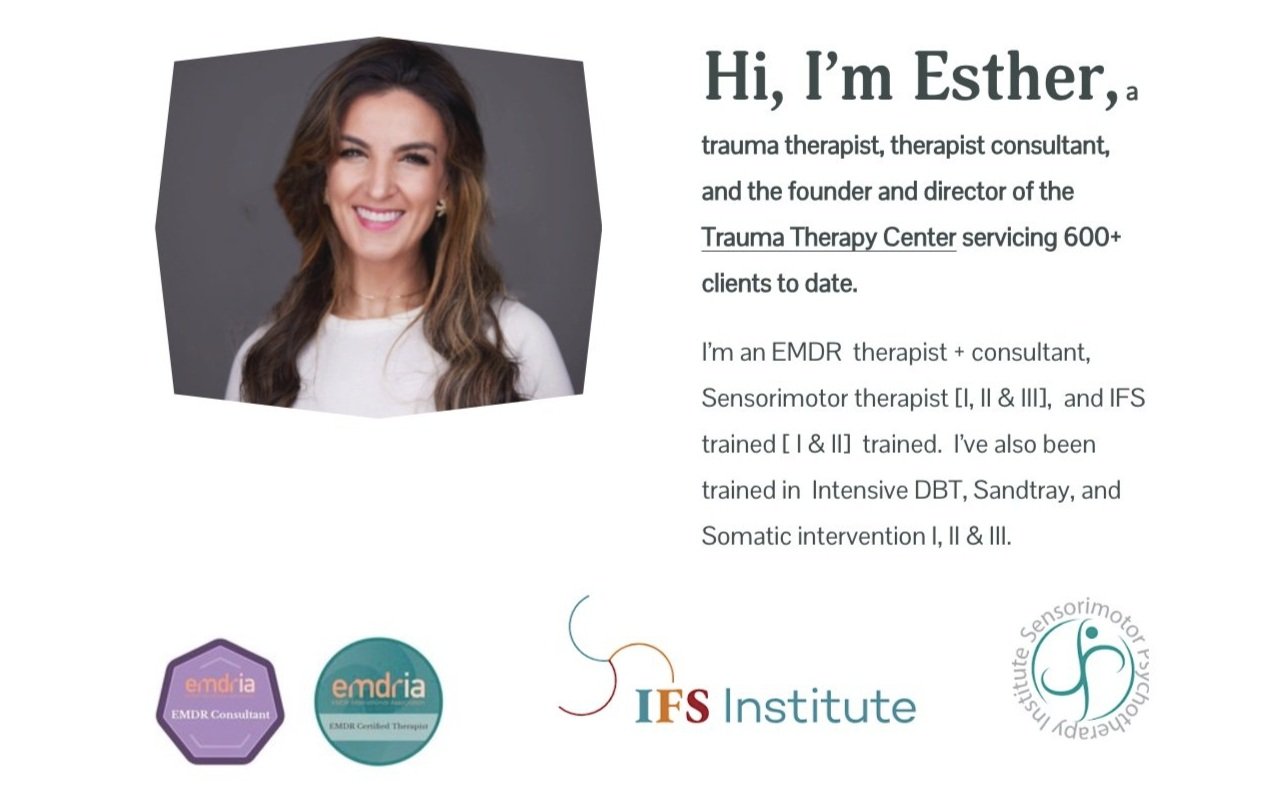Your clients aren’t the only ones healing. You are, too.
Why Therapists Need Spaces for Growth and Restoration
somatic training | trauma training for therapists | trauma course
As therapists, we often forget something essential:
We’re not just the guides. We’re also still on the path.
Still evolving. Still being shaped by life, by relationships, and yes—by pain, too.
But somewhere along the way, it starts to feel like we’re not allowed to be in process.
That we should have it all figured out.
That if we’re still aching, uncertain, or unraveling… we’re somehow unqualified.
That healing belongs to our clients, not to us.
That’s not true.
The Myth of the “Fully Healed” Therapist
Let’s name it: The work we do is layered. Emotional. Relational.
It asks a lot of us—cognitively, physically, and somatically.
And yet, we expect ourselves to show up every week, fully resourced and regulated, without tending to our own inner life in a meaningful way.
The reality? You’re allowed to sit in your therapist chair and still be human.
You're allowed to carry grief, longing, and complexity—while also holding deep presence, skill, and care.
You’re allowed to be the space-holder and still need spaces of your own.
Why I Built the Trauma Training Cohort
When I first created the Trauma Training Cohort, it was with one goal in mind:
To support therapists in becoming more effective, attuned trauma clinicians.
But over time, I saw that this trauma course became something even more powerful.
Yes, it’s about deepening your trauma therapy skills.
Yes, you’ll learn somatic interventions, attachment repair work, and how to work with complex trauma in more grounded, effective ways.
But even more?
It’s a space for therapists to come home to themselves.
To reflect. To regulate. To reconnect with the parts of themselves that get buried under burnout, overgiving, or professional pressure.
You Can’t Pour From Depletion
Your clients deserve a well-resourced, present therapist.
So do you.
When you commit to your own healing and nourishment, your clients feel it.
They feel safer to go deeper.
They sense your capacity to hold their darkest moments—because you’re not abandoning your own.
This is why our Trauma Training Cohort weaves together:
Somatic training that helps you anchor into your own body and presence
Relational depth work that models healing in the here-and-now
Real community of like-minded clinicians who are tired of going it alone
And advanced trauma-informed tools that you can bring directly into your client work
After This Trauma Training, You’ll Walk Away With:
✔ A clearer clinical roadmap for treating trauma, not just managing symptoms
✔ Tools for somatic tracking, nervous system regulation, and resourcing
✔ Language and skills for working with attachment, parts, and emotional stuckness
✔ Community support that mirrors what you’re building with clients
✔ And most of all—a fuller version of you, as a human and as a healer
FAQ: What if I’m already trained in trauma work?
Great. Many of our participants have taken EMDR, SE, IFS or NARM trainings—but feel like they’re missing integration.
This cohort is not just about adding more tools to your belt—it’s about helping you understand how to think, feel, and be differently in the therapy room.
Let’s Reclaim the Depth You Came Here For
This trauma course isn’t just about clinical skill.
It’s about reviving your own aliveness in the work.
If you're a therapist who wants more depth, more meaning, and more internal permission to show up as your full self—
I’d love to have you inside.
About Esther | Trauma Therapist Trainer
I’m Esther Goldstein, trauma therapist, educator, and founder of the Trauma Training Cohort—an integrative, CEU-approved program for therapists who want to deepen their trauma work and nourish themselves along the way. I also run Therapist Business Lab, where I help fully-booked clinicians build signature courses and expand their reach—without burning out.

